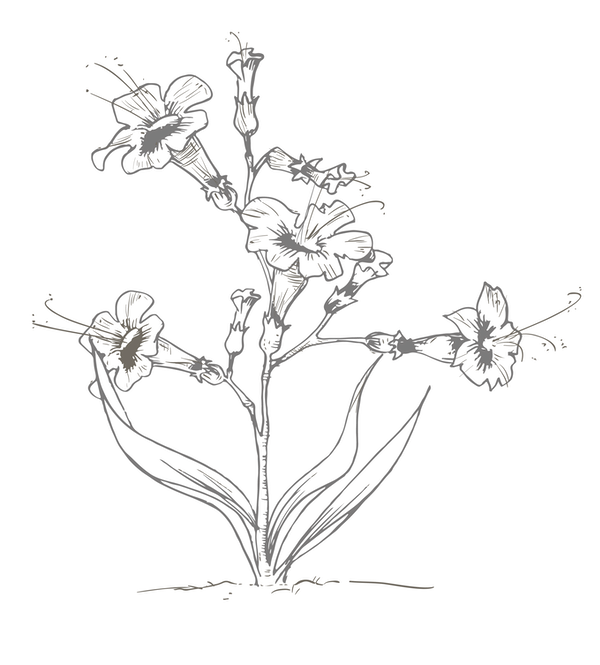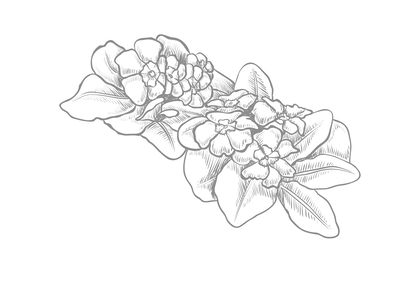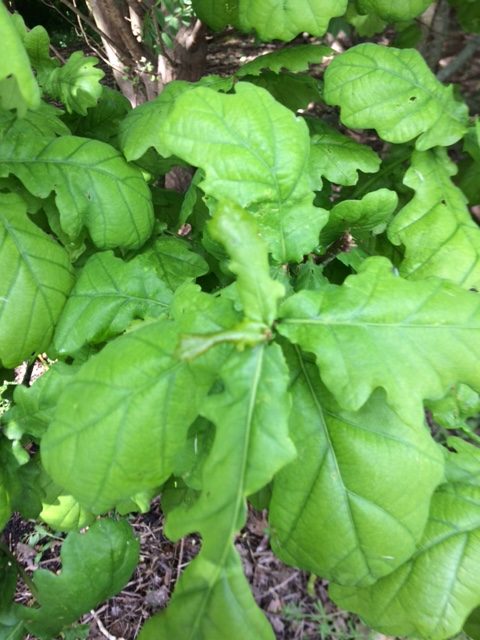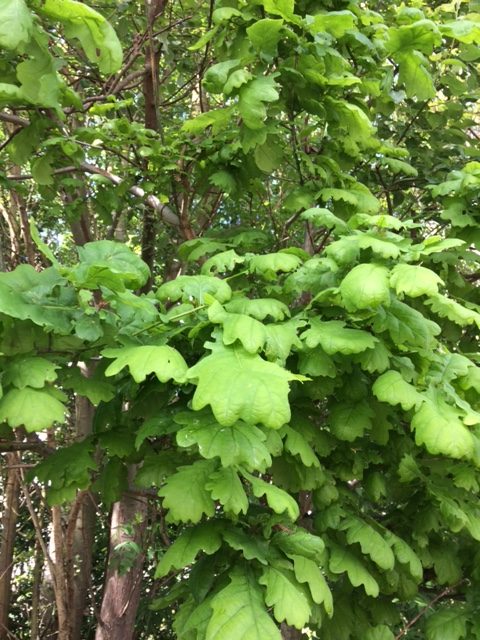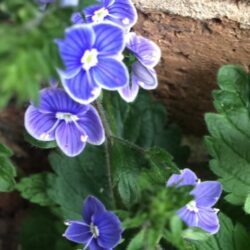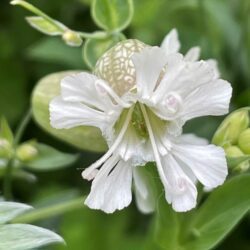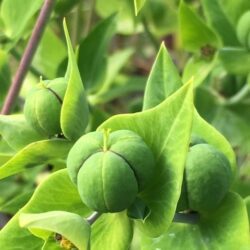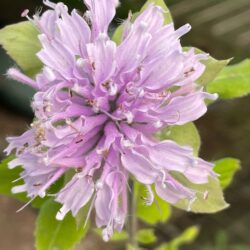Description
It is a long-lived tree, with a large wide spreading crown of rugged branches. While it may naturally live to an age of a few centuries, many of the oldest trees are pollarded or coppiced, both pruning techniques that extend the tree’s potential lifespan, if not its health. Within its native range Q. robur is valued for its importance to insects and other wildlife. Numerous insects live on the leaves, buds, and in the acorns. Q. robur supports the highest biodiversity of insect herbivores of any British plant. Its acons make a brown Dye.
If using in as hedge: All species in a wildlife hedge can be cut back or “Coppiced” without harm. In the 1st year after establishment the hedge can be cut back to stimulate growth of the hedge from the base thereafter cut every 2-3 years. If the weather is unsuitable for planting or receiving the hedging, dig a hole and bury the roots of the bunched plants, they can be held like that till planting. After planting it is advantageous to mulch the hedge with lawn mowing or leaf mould to suppress weeds and also be done with plastic or carpet cuts and covered with soil.

